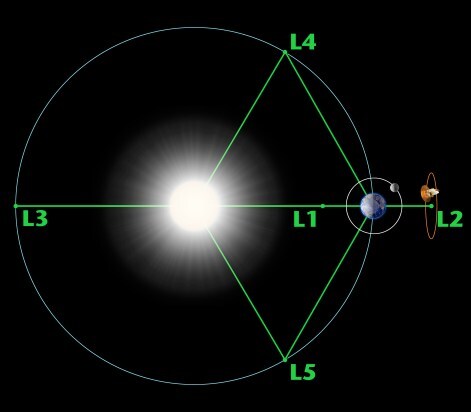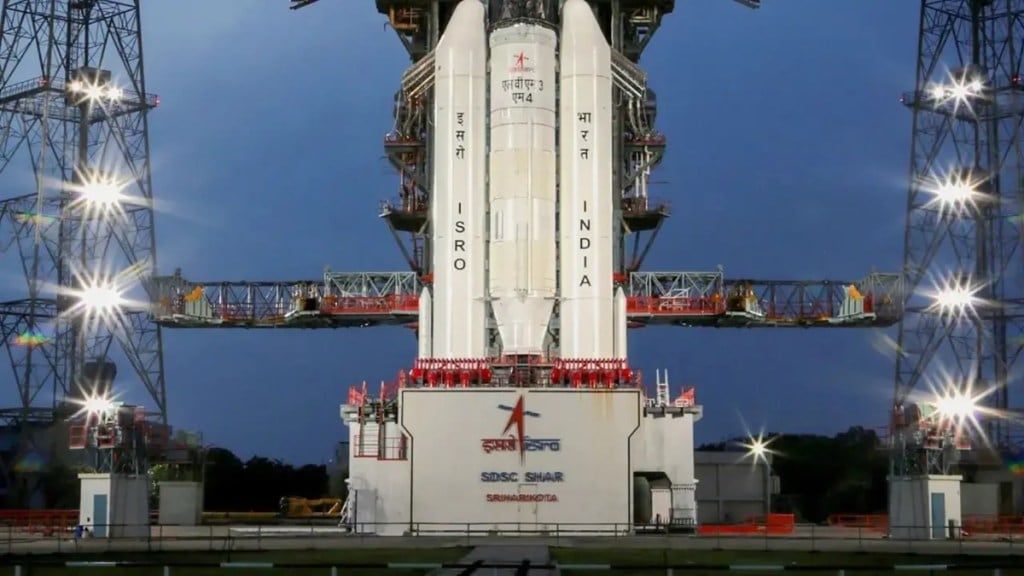The Aditya L1 mission is India’s first dedicated solar mission, which aims to study the Sun’s corona and its impact on space weather. It is named after the Sanskrit word for ‘Sun’. The primary objective of the mission is to observe the Sun’s corona, which is the outermost region of the Sun’s atmosphere, and study its dynamics, composition and magnetic field variations. Aditya L1 will be launched from the Satish Dhawan Space Centre in Sriharikota using the Polar Satellite Launch Vehicle-XL (PSLV-XL) into a Low-Earth Orbit (LEO) at an altitude of approximately 800 km above Earth’s surface.
A
The Seven Regions of the Sun
The Sun is composed of seven regions. Starting with its innermost parts, there is the core, radiation zone, and convection zone. Moving outwards, we encounter the visible surface, known as the photosphere, followed by the chromosphere, the transition zone, and, finally, the corona, which is the Sun’s vast outer atmosphere.
Understanding Our Mighty Sun
The Sun is a 4.5-billion-year-old star composed mainly of hydrogen and helium. It sits at the centre of our solar system, about 93 million miles (150 million kilometres) away from Earth. The energy it provides is essential for life to exist on our planet.
A
The Sun, the largest object in our solar system, has a volume so vast that it could hold 1.3 million Earths. Its immense gravity keeps all the planets and debris in orbit around it. The Sun’s core is indescribably hot and touches temperatures as high as 27 million degrees Fahrenheit (15 million degrees Celsius). The Sun’s activity—such as powerful eruptions and streams of charged particles—impacts the entire solar system.
The Aditya L1 Mission’s 7 Payload Exploration
Ø Visible Emission Line Coronagraph (VELC): This payload will image the Sun’s corona, the outermost layer of the Sun’s atmosphere.
Ø Solar Ultraviolet Imaging Telescope (SUIT): This payload will image the Sun’s chromosphere, the layer of the Sun’s atmosphere that is just above the photosphere.
Ø Aditya Solar wind Particle Experiment (ASPEX): This payload will measure the solar wind, a stream of charged particles from the Sun.
Ø Plasma Analyser Package for Aditya (PAPA): This payload will measure the plasma, or charged gas, in the space around the Sun.
Ø Solar Low Energy X-ray Spectrometer (SoLEXS): This payload will measure the X-ray emissions from the Sun.
Ø High-Energy L1 Orbiting X-ray Spectrometer (HEL1OS): This payload will measure the high-energy X-ray emissions from the Sun.
Ø Magnetometer: This payload will measure the magnetic field of the Sun and the space around it.
The satellite weighs 1,500 kg (3,300 lb). The data from these payloads will help us better understand the Sun and its effects on Earth. This knowledge could help us to predict solar storms and other space weather events, which could protect our satellites and other technology from damage.
What are the Lagrange Points?
According to Girish Linganna, Bangalore Based Space expert, “Lagrange points are special spots in space where the gravitational forces of two large objects, such as Earth and the Sun, balance perfectly. In simple terms, it means that, at Lagrange points, the gravitational pull from Earth and the Sun (or any two large objects) cancels out, creating a point of equilibrium where a smaller object, say a satellite, can stay in a stable position without drifting away or falling towards either of the larger objects. It’s like finding a sweet spot in space where everything remains in balance, making it useful for space exploration and satellite placement.”
“There are 5 Lagrange points in space. Three of them are unstable and two are stable. The unstable Lagrange points, labelled L1, L2 and L3, lie along the line connecting the two large masses, which is also termed ‘colinear’ ( in this case Sun and Earth). The stable Lagrange points are labelled L4 and L5. The L4 and L5 Lagrange points are positioned 60° ahead and behind Earth as it orbits the Sun,” Linganna explains.

R
Aditya Langrange1 (L1) will be placed in a halo orbit around the L1 Lagrange point. “The L1 point is a significant Lagrangian point discovered by mathematician Joseph Louis Lagrange. It lies about 1.5 million kilometres inside Earth’s orbit between the Sun and Earth. At the L1 point, the gravitational forces between the Sun, Earth and a spacecraft equalize, allowing the spacecraft to remain stationary with little fuel usage. The L1 point of the Earth-Sun system affords an uninterrupted view of the Sun, without any occultation/ eclipses,” adds Linganna.
Moving A Satellite from LEO to the L1
Dr TN Suresh Kumar, former Senior Scientist ISRO says, “After reaching LEO, the satellite will use its onboard thrusters to manoeuvre itself into a series of elliptical orbits. These orbits will gradually raise the satellite’s altitude until it reaches the L1 Lagrange point. The total time required for this manoeuvre is estimated to be around 109 days.”
According to the former ISRO scientist, “The first step in the manoeuvre is to burn the thrusters in the direction of Earth’s motion. This will cause the satellite to increase its velocity and raise its orbit. The next step is to burn the thrusters in a direction perpendicular to Earth’s motion. This will cause the satellite’s orbital plane to tilt so that it is aligned with the Earth-Sun line.”
“The final step in the manoeuvre is to burn the thrusters in the direction of the Sun. This will cause the satellite to move closer to the Sun and reach the L1 Lagrange point. The series of Earth burn elliptical orbital manoeuvres are called ‘Hohmann transfers’,” Dr Kumar explains.
According to him, to conserve propellant, a spacecraft will use a Hohmann transfer to move from LEO to L1. The Hohmann transfer is a series of orbital manoeuvres that uses the spacecraft’s velocity to escape Earth gravity. The manoeuvre takes around 109 days to complete, and the spacecraft will be inserted into a ‘halo orbit’ at a distance of approximately 1.5 million kilometres from Earth and roughly 148.5 million kilometers from the Sun’s surface. A ‘halo orbit’ is a stable orbit that is located between Earth and the Sun.


